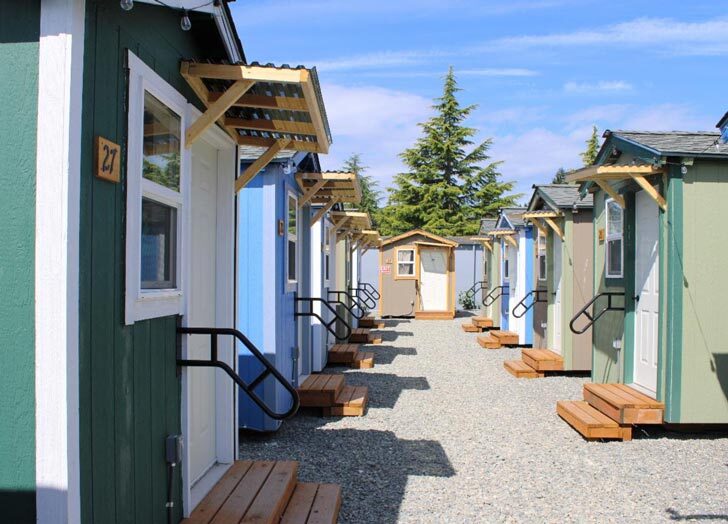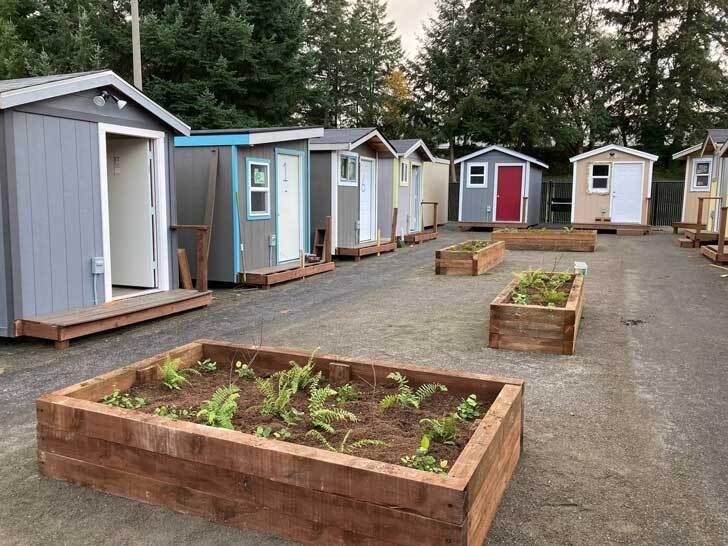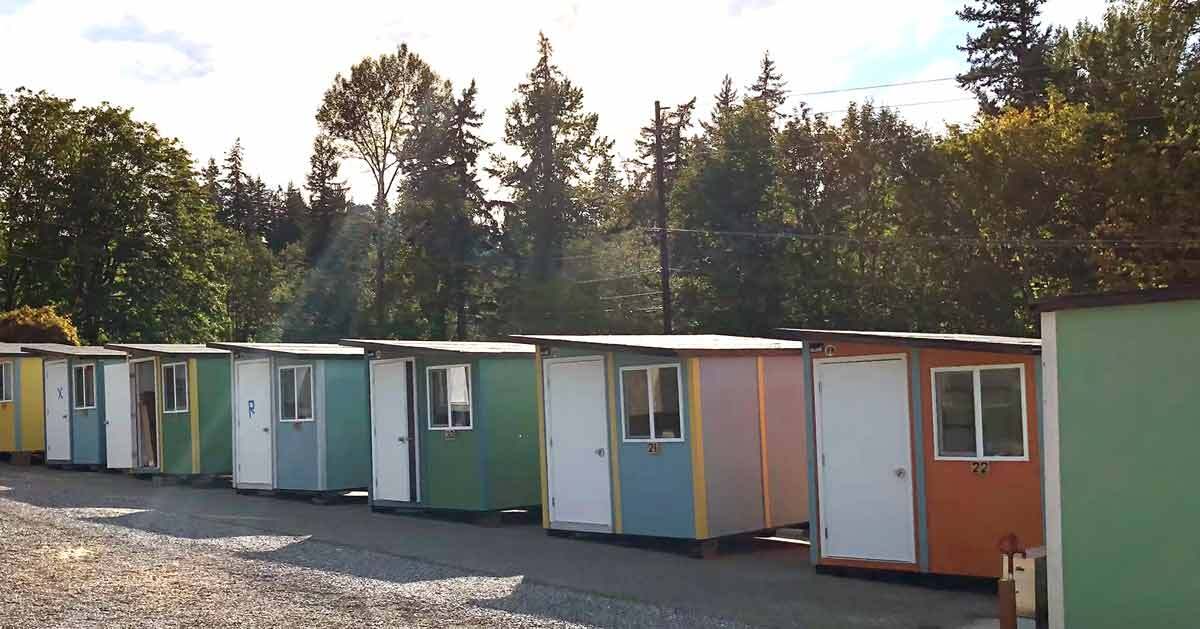In 2024, the state of Washington had the third-highest population of people experiencing homelessness in the United States, just behind California and New York.
Homelessness has been on the rise across the country, and Washington certainly reflects that growing trend, with records pointing to a 12.5% increase in people experiencing homelessness between 2023 and 2024.
A majority of the state’s homeless population is concentrated in King County, which includes Seattle. The area reported more than 16,000 people experiencing homelessness last year.
Since the city has seen success with tiny home communities in various neighborhoods, it has decided to invest even further in the initiative, which experts call “a silver bullet.”
The King County Regional Homelessness Authority has invested about $6 million in tiny home solutions in the city, with two new villages planned to open this fall. They will add more than 100 units to the city’s shelter system.

Low Income Housing Institute is the organization behind these two new villages, which will be located across two different locations in the city.
The first, which will be located in the Olympic Hills neighborhood, will have about 44 tiny houses. The second, which does not have a specific location just yet, will be located closer to downtown Seattle, with room for 60 tiny houses.
Both villages will have security, hygiene setups, storage, and laundry, as well as a myriad of support services by trained staff.
“Being able to have your own space and have some quiet time to stabilize and to focus on your next steps are important,” Lisa Edge, spokesperson for the Regional Homelessness Authority, told the Seattle Times. “Overall, we see this as a win.”
The folks who will reside in these villages are people referred by the Unified Care Team and its outreach partners, which offer people living outside in tent encampments an opportunity to come indoors with their own space — and a door that closes and locks.

According to the Unified Care Team, shelter referrals like this have led to an 80% reduction in tent encampments from 2022 to 2024. Data from the organization also shows that offering a private and secure space can help encourage people to move indoors, leading to a more stable future.
“Addressing homelessness is a top priority for Seattle,” Mayor Bruce Harrell told the Seattle Times about the new project, “and we’ll continue to invest in proven solutions to help our unhoused neighbors heal and get on a path to permanent housing and long-term stability.”
It also helps that developing these kinds of shelters is an efficient and more cost-effective approach.
“If I was going to build affordable housing, it’ll cost millions and millions of dollars to build,” Low Income Housing Institute CEO Sharon Lee told King 5 News. “And it’ll take three years. A house village can be set up in like four months.”

Lee also added that the nonprofit plans to seek more support from the Seattle City Council to fund six more villages in the future, targeting areas like Chinatown, Little Saigon, and downtown Seattle.
“These two new tiny house villages will serve hundreds of people in the years to come. We are thrilled to find vacant land and aim to establish these villages as quickly as possible,” Lee added in a statement.
“Our goal is to help vulnerable individuals transition from cold, wet tents into heated tiny houses this winter. We thank the city for funding these two new villages.”
You may also like: High school students build tiny houses for homeless neighbors in construction class
Header image via Low Income Housing Institute



